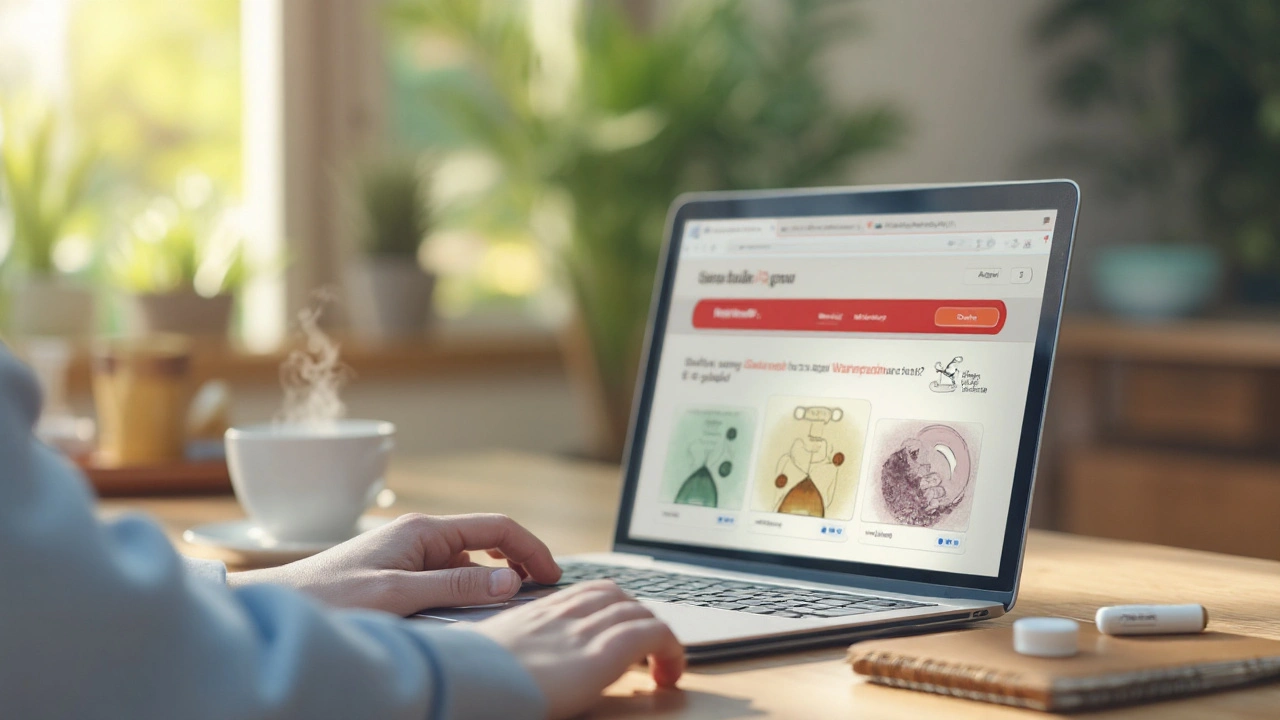Anticoagulant Basics: How Blood Thinners Work and Buying Safely
Ever wondered why doctors put you on a blood thinner? In simple terms, anticoagulants stop your blood from forming clots that could block arteries or veins. They don’t thin your blood like water, but they interrupt the chemical steps that turn a liquid into a clot. This is why people with atrial fibrillation, deep‑vein thrombosis, or after certain surgeries rely on them.
There are a few main families of anticoagulants. The oldest is warfarin, a vitamin‑K antagonist you’ve probably heard of. It requires regular blood tests to keep the dose just right. Then there’s enoxaparin, a low‑molecular‑weight heparin given by injection—great for short‑term use after surgery. Newer oral options like apixaban, rivaroxaban, and dabigatran work on specific clotting factors and usually don’t need frequent monitoring.
Choosing the Right Anticoagulant
Your doctor picks a drug based on your condition, kidney function, other medicines, and how well you can stick to the dosing schedule. Warfarin is cheap but needs weekly INR checks; if you travel often or dislike blood draws, a DOAC may suit you better. Enoxaparin is handy when you can’t swallow pills or need rapid action, such as after a joint replacement.
Side‑effects differ too. Warfarin can cause bleeding if the dose is too high, while DOACs may lead to bruising or, rarely, stomach upset. Enoxaparin can cause injection site bruising. Always tell your pharmacist about over‑the‑counter meds, supplements, or herbs—some can boost bleeding risk.
Buying Anticoagulants Online Safely
If you need to order a prescription anticoagulant, start by confirming the pharmacy is licensed in your country. Look for a physical address, a pharmacist’s name, and a clear privacy policy. A reputable site will ask for a valid prescription; any place that says “no prescription needed” is a red flag.
Compare prices, but don’t let a low cost blind you. Check if the pharmacy displays batch numbers and expiration dates for each product. Read customer reviews for delivery speed and packaging integrity. When you receive the medication, verify the label matches the drug name, strength, and your doctor’s instructions.
Keep a copy of the prescription and the receipt. If you notice any unusual appearance—discoloration, broken tablets, or a missing seal—contact the pharmacy immediately and do not take the medicine. Finally, set up reminders for refills so you never run out and jeopardize your health.
Understanding how anticoagulants work and where to get them safely puts you in control of your treatment. Whether you’re on warfarin, enoxaparin, or a newer oral option, the key is consistent monitoring and buying from a trusted source. Stay informed, ask questions, and you’ll keep your blood flowing the right way.
-
How to Safely Buy Cheap Generic Warfarin Online
Learn where to find affordable generic warfarin online, what safety checks to run, and how to use it correctly. Get practical tips, price comparison, and FAQs for a worry‑free purchase.
